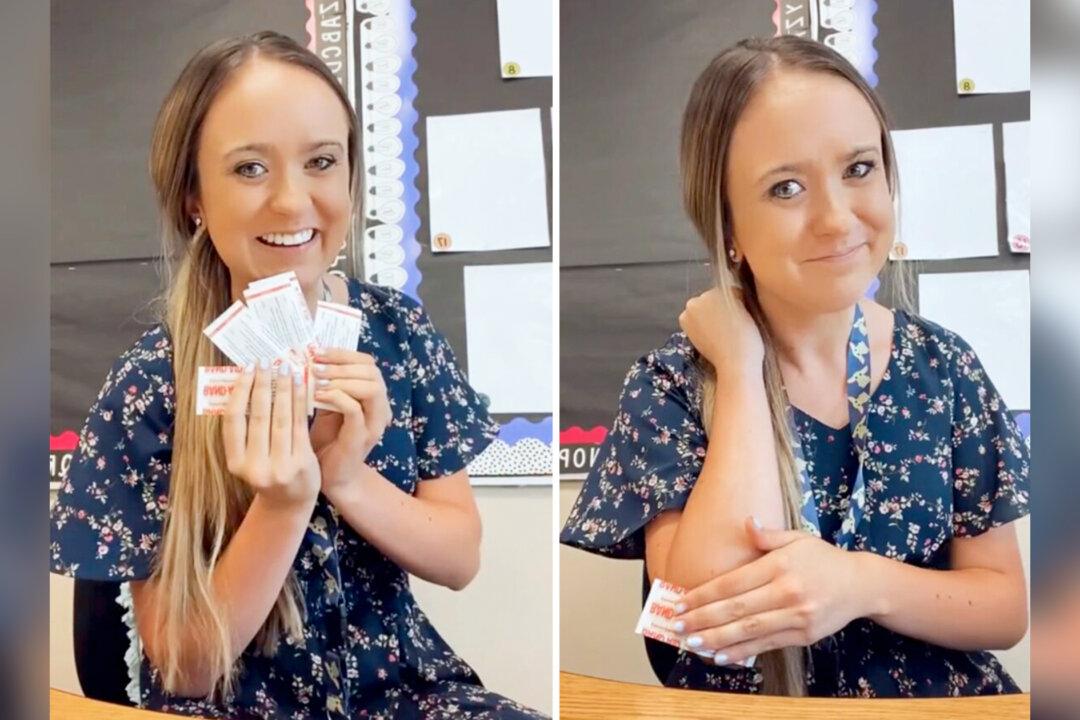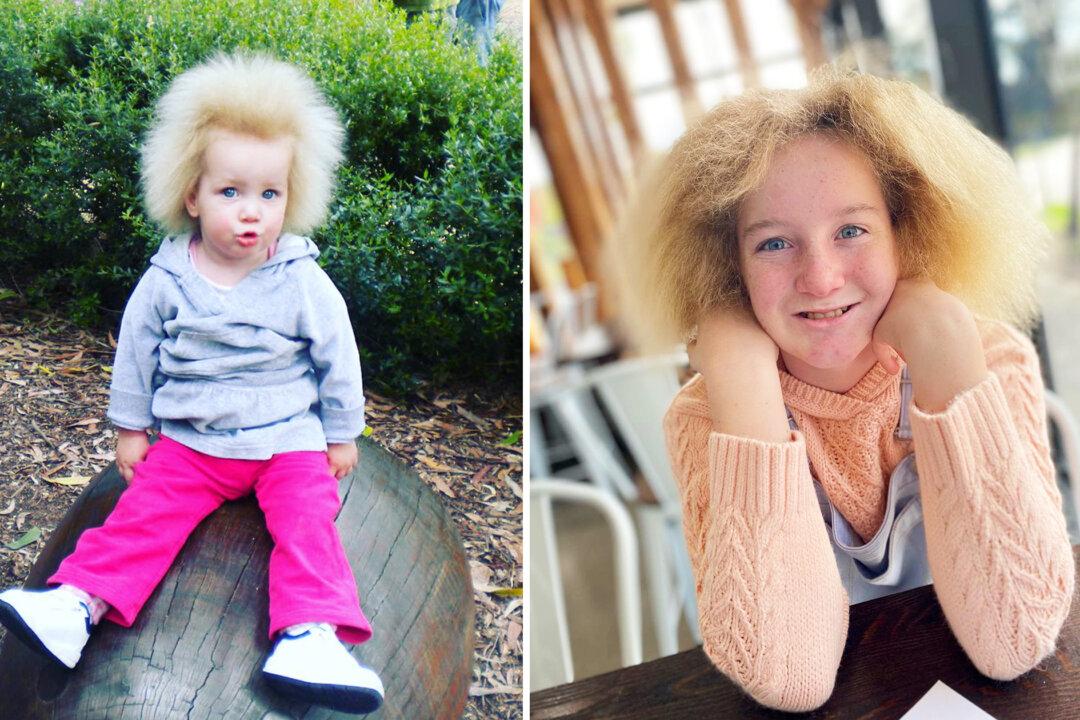Nobody needs a Band-Aid on the elbow to remedy a bump on the head, a concept that even third graders easily understand.
Aimee Scott, a 22-year-old third-grade teacher from Utah, uses a simple Band-Aid example to teach her students the often-misconstrued concept of fairness. She cheerfully explains the method in her viral TikTok video.





